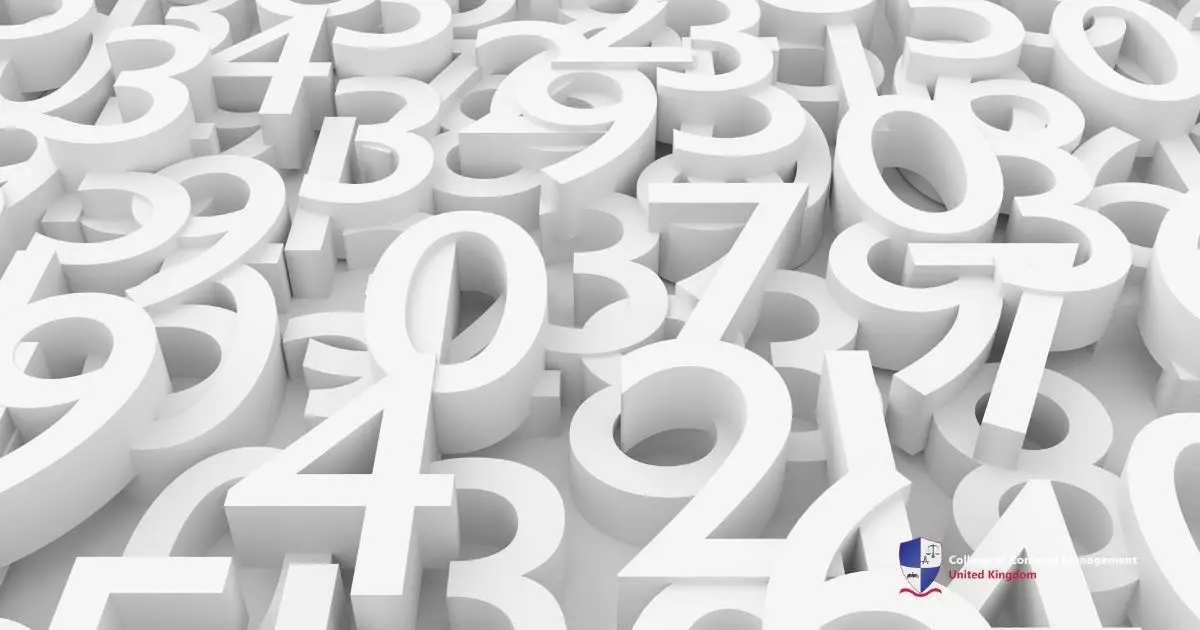Mathematics is a field of study that explores several numbers, methods, patterns, and theories to prove an observational science. It provides a systematic method to solve problems in daily life. Therefore, math is all around us because it can be used to count and measure everything we do. For example, you can use it to calculate your savings in a bank, predict business growth, measure sequences, and more. To do so, you need several mathematical methods, including the arithmetic sequence formula.
In mathematics, if you have several ordered lists of numbers with a particular pattern or function, it is called a sequence. For example, 3,6,9,12,15,... This sequence is varied based on their calculations and formulas, such as geometric sequence, quadratic sequence, and arithmetic sequence formulas. For this reason, this article will guide you to learn more about arithmetic sequences and how to calculate them with the right formula.
What is arithmetic sequence formula?
The arithmetic sequence formula, also known as arithmetic progression, is a formula that aims to find a certain figure within sequences of numbers. The individual number in the sequence is known for terms. Generally, each term after the first number in the sequence is acquired by adding and subtracting a common difference from the following terms. As a result, the difference between terms in sequences is constant, creating a unique pattern. For example, 20,30, 40,50, … is an arithmetic sequence. Meanwhile, if the progression in 20, 40, 80, 160, … is not arithmetic.
Moreover, the pattern is typically used in the arithmetic sequence formula to calculate the position-to-term (an) and the sum of the arithmetic progression (Sn). To do so, you need to identify the initial term (a1), the number of terms, and the common difference of the progression (d). For example, an arithmetic sequence of 4,9,14,19,24. In this case, the common difference of this series is 5.
An arithmetic sequence formula is also known as a linear progression because it has a constant rate of change. If you make the sequence into a graph, it may give you a linear or straight line, as it can go up or down. For example, you have a sequence of {2,4,6,8,10, …} with a common difference is 2. To put it into a graph, you can make the coordinates from (1,2), (2,4), (3,6), (4,8), (5,10), or you can put it into a table like this.
|
Term number (n) |
1 |
2 |
3 |
4 |
5 |
|
Term value (T) |
2 |
4 |
6 |
8 |
10 |
Arithmetic sequence formula
The arithmetic sequence formula varies based on its elements, such as the rule to find the position-to-term, the sum of the arithmetic sequence, and its common difference. Therefore, the formula of the position-to-term is an = a1 + (n - 1) d. You can use Sn = n2 [2a1 + (n - 1) d ] or Sn = n2 [a1 + an ] to find the sum of the series. Meanwhile, the rule to find the common difference is d = an - an-1.
These formulas are particularly beneficial in many industries, but are especially useful in construction. One example is the application of this sequence formula in road and rail design. With these formulas, engineers can determine the spacing of roads, train stations or other infrastructure elements, optimising network efficiency.
To help you understand the meaning of each letter, below is the legend that you need to understand, such as:
-
an = nth term
-
n = term position
-
a1 = first term
-
d = common difference
-
Sn = sum of the terms
-
a n - 1 = (n - 1)th term
Example of using the arithmetic sequence formula
-
Find the 13th term in the sequence 3, 9, 15, 21, 27, …
d = 6.
a1 = 3
a2 = 9
a3 = 15, and so on.
|
an = a1 + (n - 1) d |
a13 = 3 + (13 - 1) 6
a13 = 3 + (12) 6
a13 = 3 + 72
a13 = 75
As a result, the 13th term in the sequence is 75.
-
What is the first term in the arithmetic sequence formula where the 35th term is 687 and the common difference is 14.
a35 = 687
n = 35
d = 14
|
an = a1 + (n - 1) d |
687 = a1 + (35 - 1) 14
687 = a1 + (34) 14
687 = a1 + 476
a1 = 211
As a result, the a1 term in the sequence is 211.
-
Identify the sum of the first 25 terms of the arithmetic sequence 3, 7, 11, …
d = 4.
a1 = 3
n = 25
S25 = 252 [2.3 + (25 - 1).4]
S25 = 252 [6 + 24 x 4]
S25 = 252 [102]
S25 = 1275
As a result, the S25 in the sequence 3, 7, 11,.... is 1275
Differences between arithmetic and geometric sequences
There are some differences between the arithmetic sequence formula and the geometric sequence formula, such as their method of progression, nature, and their applications. In this case, a geometric sequence is a list of terms that differ from the previous numbers by a fixed factor. Meanwhile, an arithmetic progression is defined by a constant value.
Moreover, the difference between these two also lies in their mathematical sequences. An arithmetic sequence formula is defined by its successive terms. Meanwhile, a geometric progression is a group of integers. The arithmetic series involves compounding numbers, whereas the geometric series is more flexible. Even though both sequences are different, they both help professionals who use math, such as engineers, architects and more. To help you better understand, here are several points that make arithmetic different from geometric sequences, such as:
Method progression
In an arithmetic sequence formula, each term is obtained by adding a constant common difference to the previous number. As a result, this makes a linear sequence in a uniform manner. Meanwhile, the geometric term is obtained by multiplying the previous number that is determined by a constant ratio. This makes the geometric sequence have a decay pattern.
Nature progression
The arithmetic sequence formula shows a constant difference between the neighbouring numbers. As a result, the common difference of this progression type is always the same throughout the series. On the other hand, geometric series use a constant ratio to differentiate their terms. This also ensures the consistency of the ratio of any term in the sequence.
Applications
In geometric progression, you can use it in situations that need exponential growth, such as population growth, compounding interest calculations, or even radioactive decay predictions. On the other hand, you can use an arithmetic sequence formula in a model linear situation, such as financial planning. This can be done by making a model and projecting the activities that relate to your finances, such as loan repayments or your savings progress. You can also use arithmetic to calculate a construction measurement. For example, you can use it to calculate the building materials for steps, ramps, and rows of seats.
Conclusion
To summarise, the arithmetic sequence formula is a mathematical calculation that you can use to determine specific terms within a series of numbers. You can use it to help you find out the difficult patterns of series of numbers and mathematical connections that are related to a progression. That is why it has a big impact in helping you to solve problems in daily life. This can help you make better choices, solve difficult mathematical scenarios, and more.
If you are looking for a better quality of educational resources, the College of Contract Management is the solution. We provide several courses that can help you to widen your understanding and improve your skill set. Also, you can visit our website to explore several exciting topics that you would like to learn about, including this topic about the arithmetic sequence formula. If you need further details and assistance about them, you can contact our team. We are happy to help you improve your learning.





